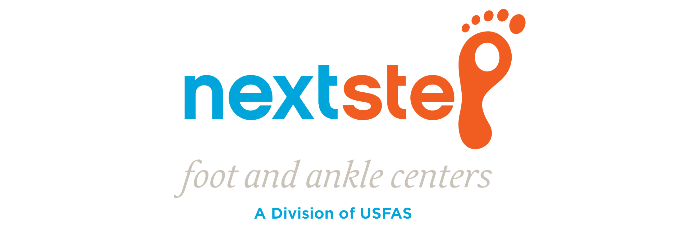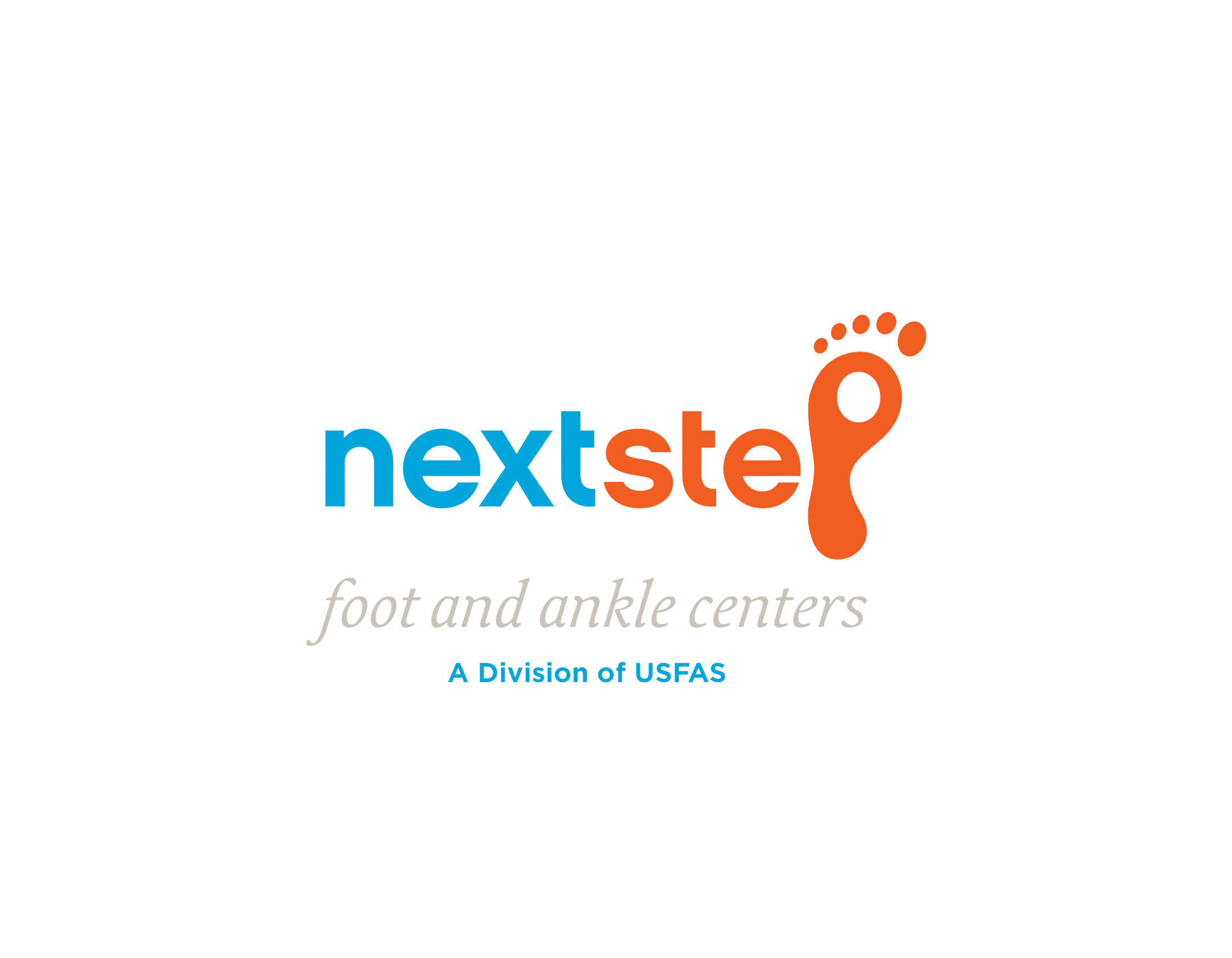Calluses & Corns Treatment
in Missouri & Illinois
Calluses and Corns
A callus is an area of hard, thickened skin that can occur across the ball of the foot, on the heel, or on the outer side of the big toe. While many consider them a skin problem, they actually are systemic of a problem with the bone.
Calluses have painful nerves and bursal sacs (fluid-filled balloons that act as shock absorbers) beneath them, causing symptoms ranging from sharp, shooting pain to dull, aching soreness.
Calluses form from repeated friction and pressure, as the shoe (or ground) rubs against a bony prominence (bone spur) on the toe or foot. The skin thickens in response to this pressure. Small amounts of friction or pressure over long periods of time cause a corn or callus. A great deal of friction or pressure over shorter periods of time can cause blisters or open sores. Calluses typically develop under a metatarsal head (the long bone that forms the ball of the foot) that is carrying more than its fair share of the body weight, usually due to it being dropped down or due to its longer length.
Treatment
Calluses can be treated with over-the-counter callus removers that have strong acids that peel this excess skin away after repeated application. You should be careful with these products as they can cause chemical burns when not used correctly. Begin by soaking your feet in warm soapy water and gently rubbing away any dead skin that loosens. A pumice stone or emery board is then used to “file” this thickened skin. Apply a good moisturizer to the hardened areas to keep them softer and relieve pain. Non-medicated corn pads or moleskin (a thin fuzzy sheet of fabric with an adhesive back) can relieve calluses, but should be removed carefully to avoid tearing the skin.
If you need assistance relieving calluses, contact one of our offices and schedule an appointment with one of our providers. Calluses can be trimmed and comfortable padding may be applied to these painful areas. In addition to medication to relieve inflammation, cortisone may be injected into the underlying bursal sac to rapidly reduce pain and swelling.
A plantar callus forms when one metatarsal bone is longer or lower than the others, and it hits the ground first, and with more force than it is equipped to handle, at every step. As a result, the skin under this bone thickens like a rock in your shoe. Plantar calluses that are recurring are sometimes removed surgically in a procedure called an osteotomy, which relieves pressure on the bone.
A condition called Intractable Plantar Keratosis (IPK) is a deep callus directly under the ball of the foot. IPK is caused by a “dropped metatarsal,” which happens when the metatarsal head drops to a lower level than the surrounding metatarsals and protrudes from the bottom of the foot. This results in more pressure being applied in this area and causes a thick callus to form. A “dropped metatarsal” can either be a congenital abnormality, a result of a metatarsal fracture, or a structural change that may have occurred over time.
How to Prevent Calluses
Switch to better shoes, or even an orthotic device.
Buy socks with double-thick toes and heels and nylon hose with a woven cotton sole on the bottom of the foot.
Corns are calluses that form on the toes because the bones push up against the shoe and put pressure on the skin. The surface layer of the skin thickens and builds up, irritating the tissues underneath. Hard corns are usually located on the top of the toe or on the side of the small toe. Soft corns resemble open sores and develop between the toes as they rub against each other.
Improperly fitting shoes are a leading cause of corns. Toe deformities, such as hammertoe or claw toe, also can lead to corns. In a visit to our office, your corns can be shaved with a scalpel. Self-care includes soaking your feet regularly and using a pumice stone or callus file to soften and reduce the size of the corn. Special over-the-counter non-medicated donut-shaped foam pads also can help relieve the pressure.
what patients ask about regularly
Our Facility
We are proud to provide a state-of-the-art facility for the highest quality foot care available. It is one of our top priorities to protect the well-being of our valued patients. X-rays are performed in the office.
Booking Appointments
If you would like to make an appointment, please contact our office by phone or request an appointment online. Our office facilitates communications and emergency calls and appointments are available and welcome, especially for new patients seeking help.
Financial Questions
We will be more than happy to submit all insurance forms for you and help you recover the most from your benefits. We will do everything we can to help you afford the treatment you need and want. For patients who require major work, a complete payment plan is designed with an appropriate payment schedule. Forms of payment accepted by the office are check, cash, or any major credit card.
Cancellations
If you are unable to keep an appointment, we ask that you kindly provide us with at least 24 hours notice. We ask for this advance notice so that we can offer this appointment to another patient. A fee may be charged if a patient does not show up for an appointment without sufficient notice.

